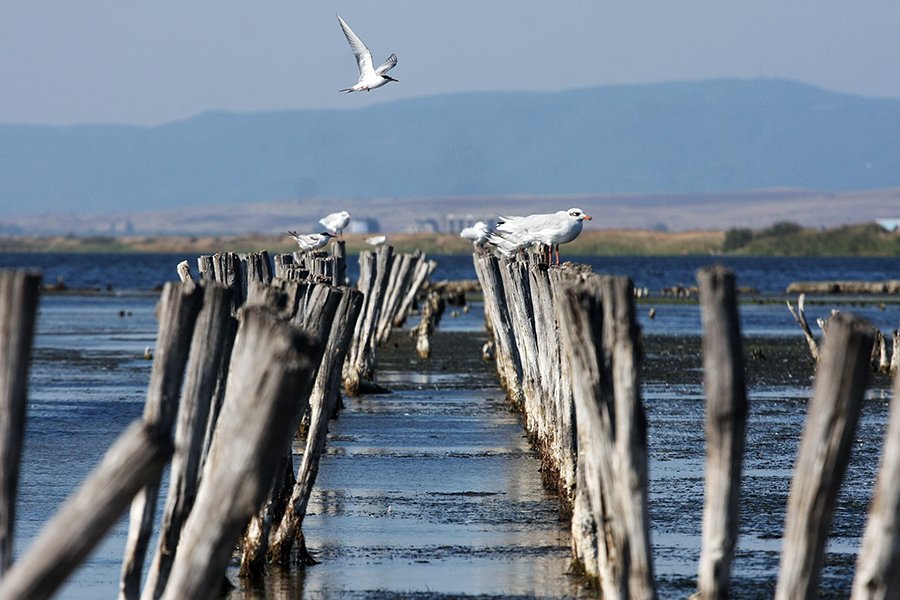
One of two major migration routs passing through Bulgaria. Named after an ancient Roman road, the Via Pontica is the imaginary path South to North and then North to South again along the Black Sea coast. As far as bird tourism goes, this is one of the most interesting tourism sites in the region.
Site being a relative term, of course, since only on Bulgarian territory it's quite the stretch. It's 378 kilometers long - from the Romanian border to the Turkish border. The migration path's width runs at least 50 kilometers inland.
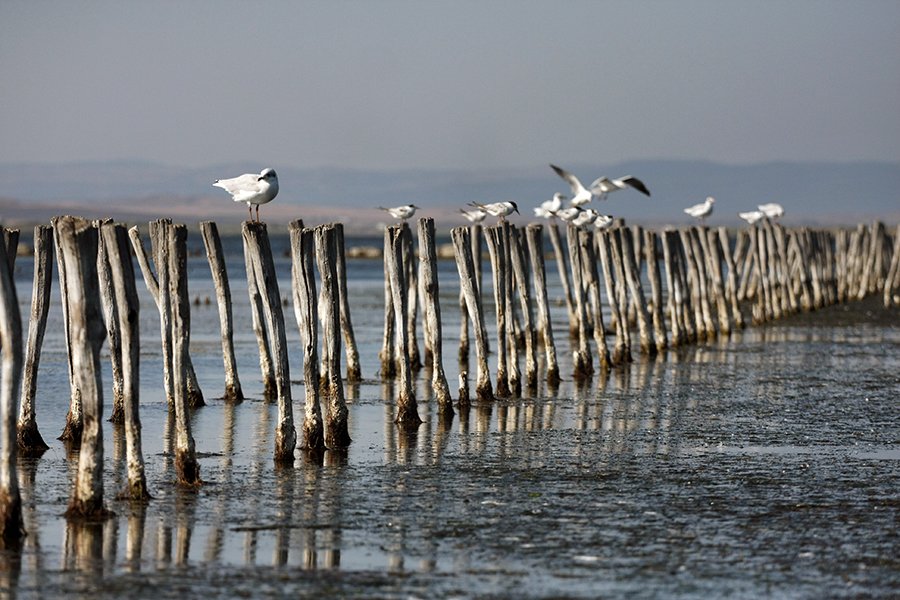
Today's photographs are mostly from the region with Pomorie, a small town near Bourgas, as its center. I chose it because of the salt pans providing rich food supply to birds. Some of the images are from places a few kilometers away, though - as far North as the Irakli beach near the Vaya River...
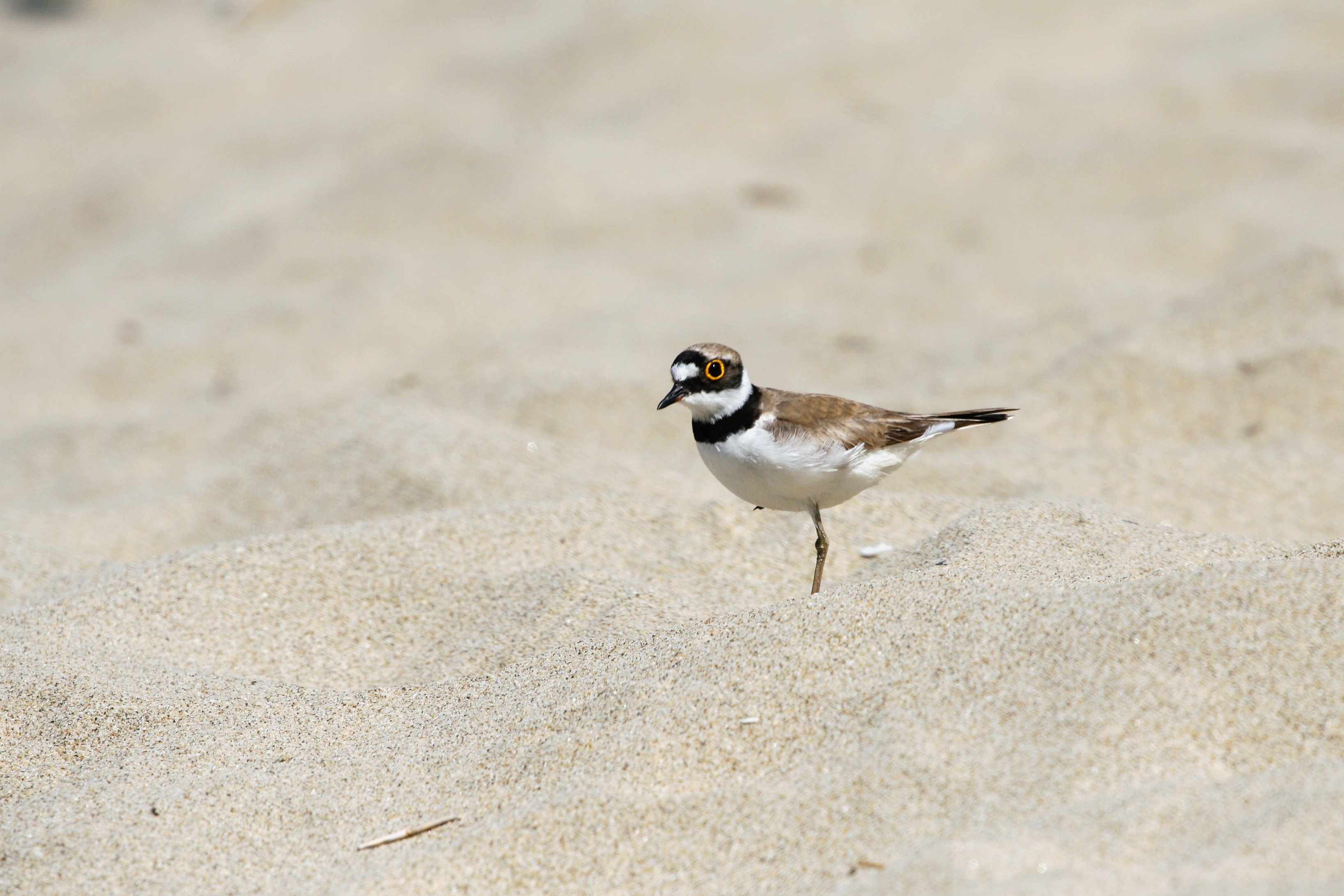
... and as far South as the furthest suburbs of Bourgas.
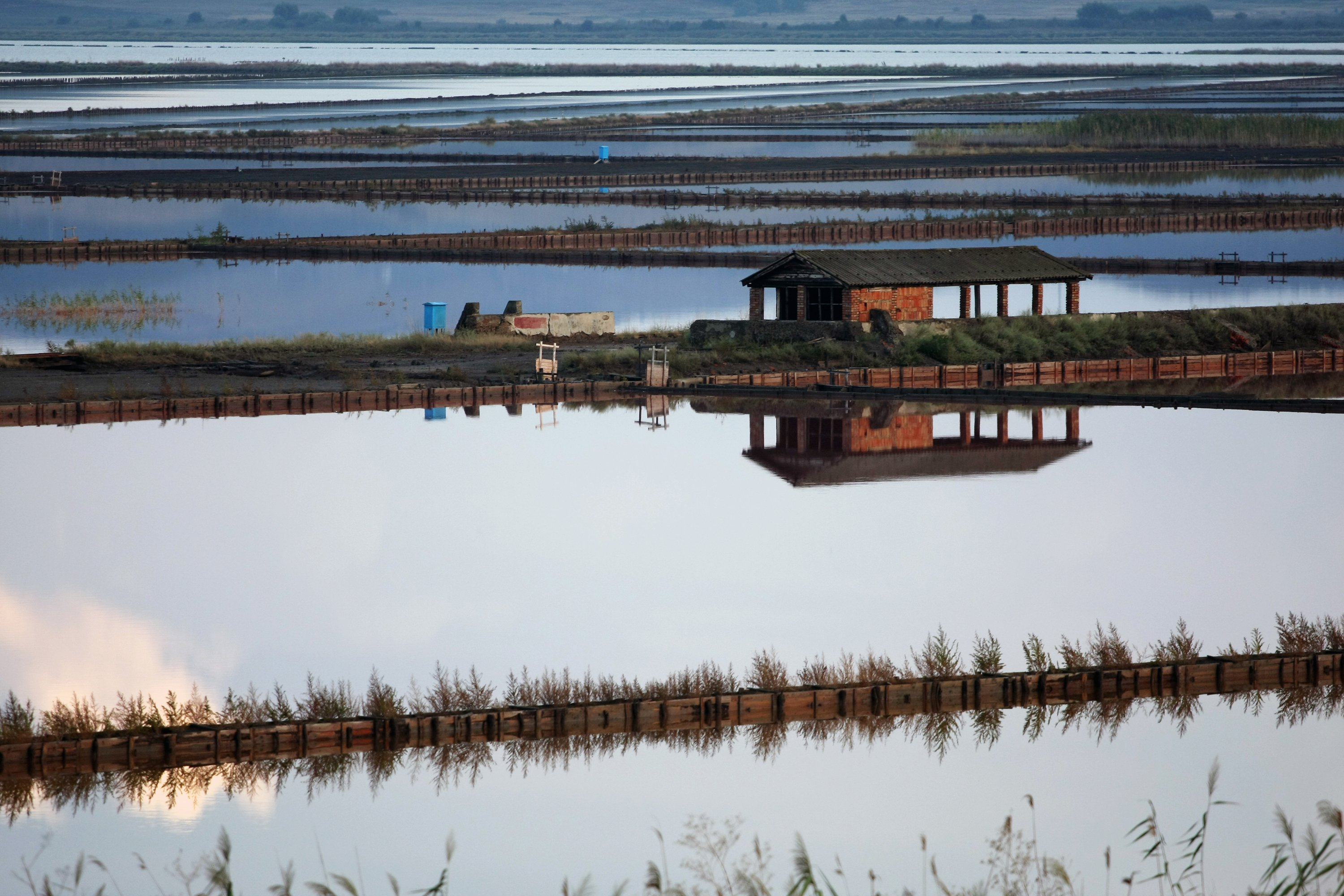
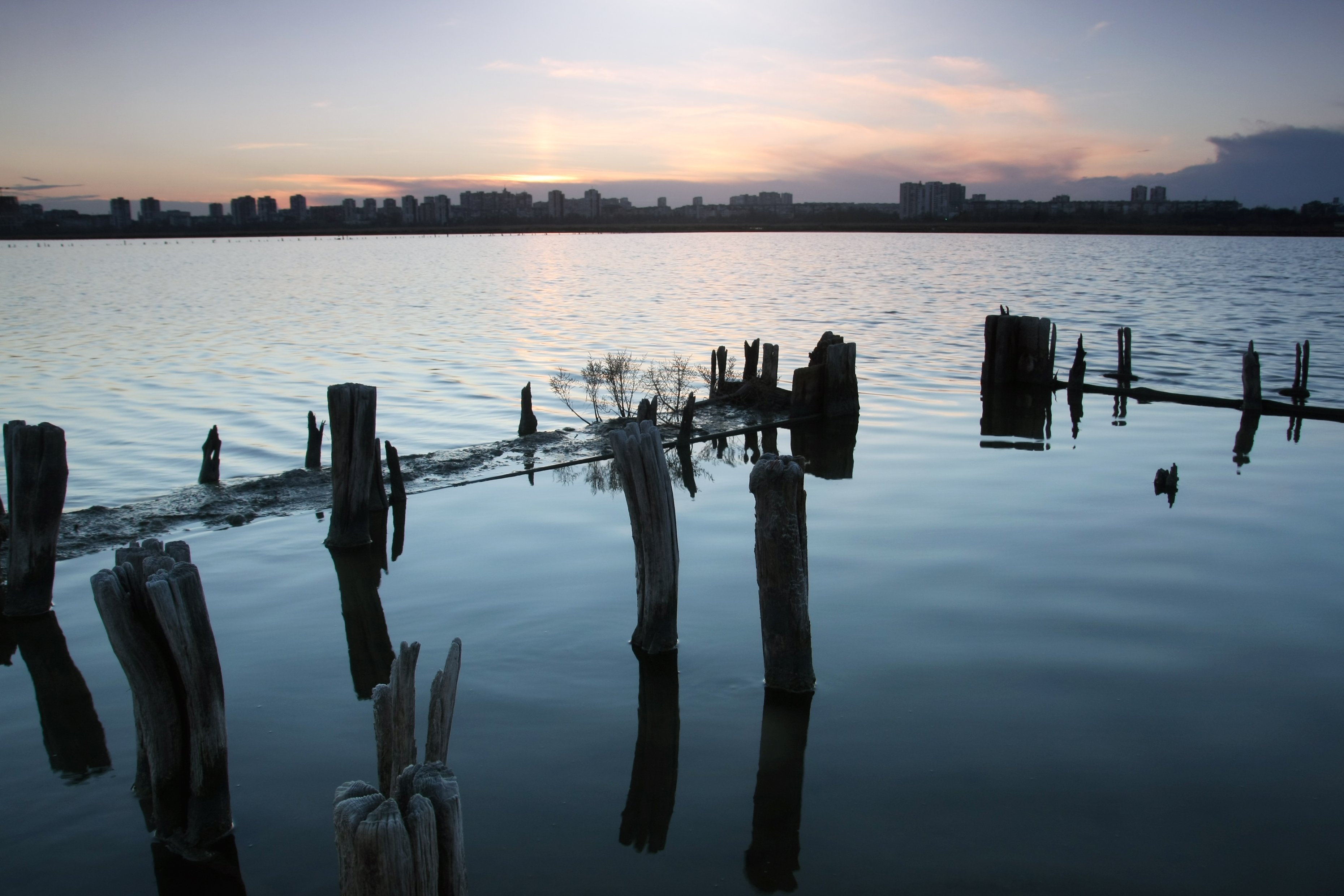
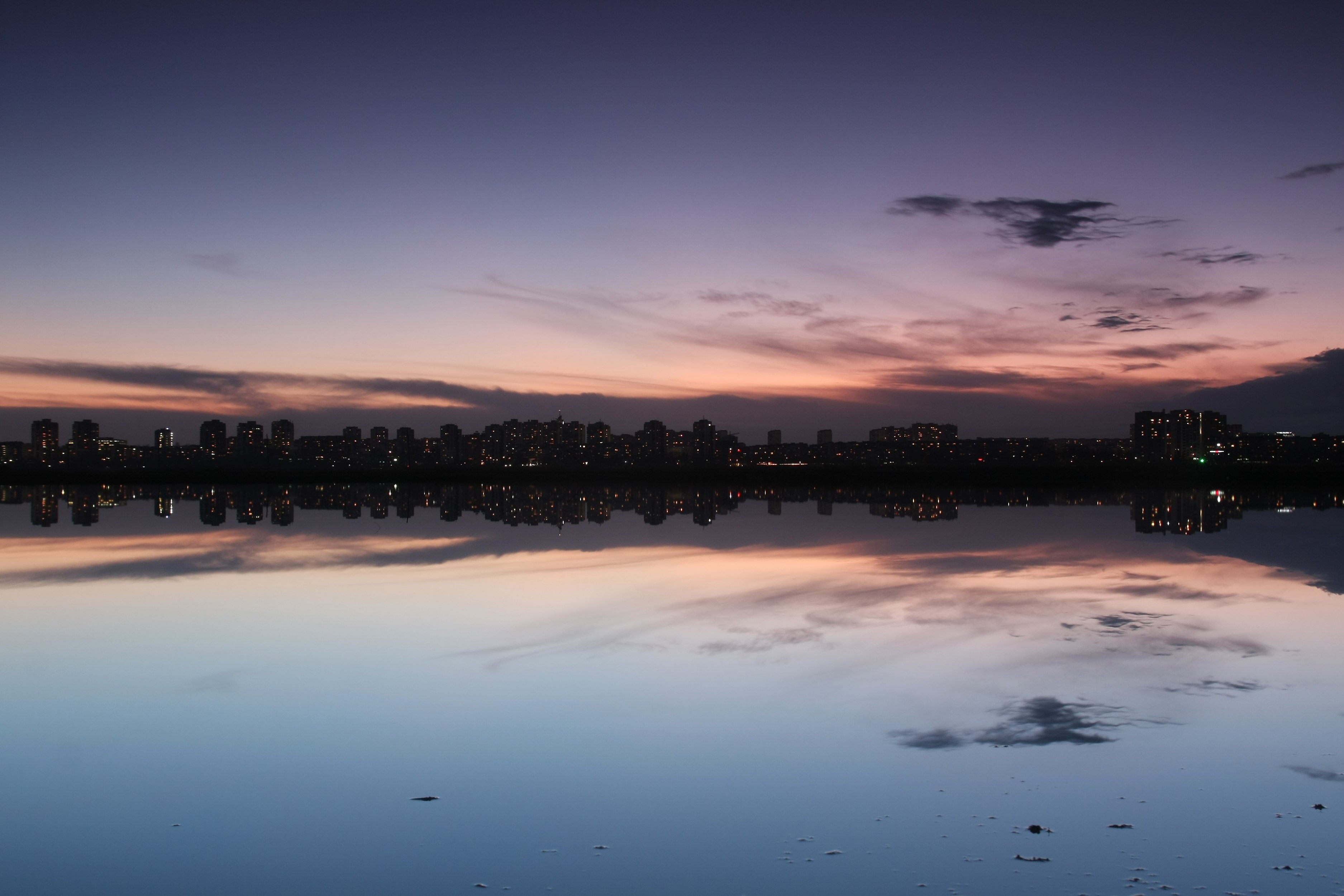
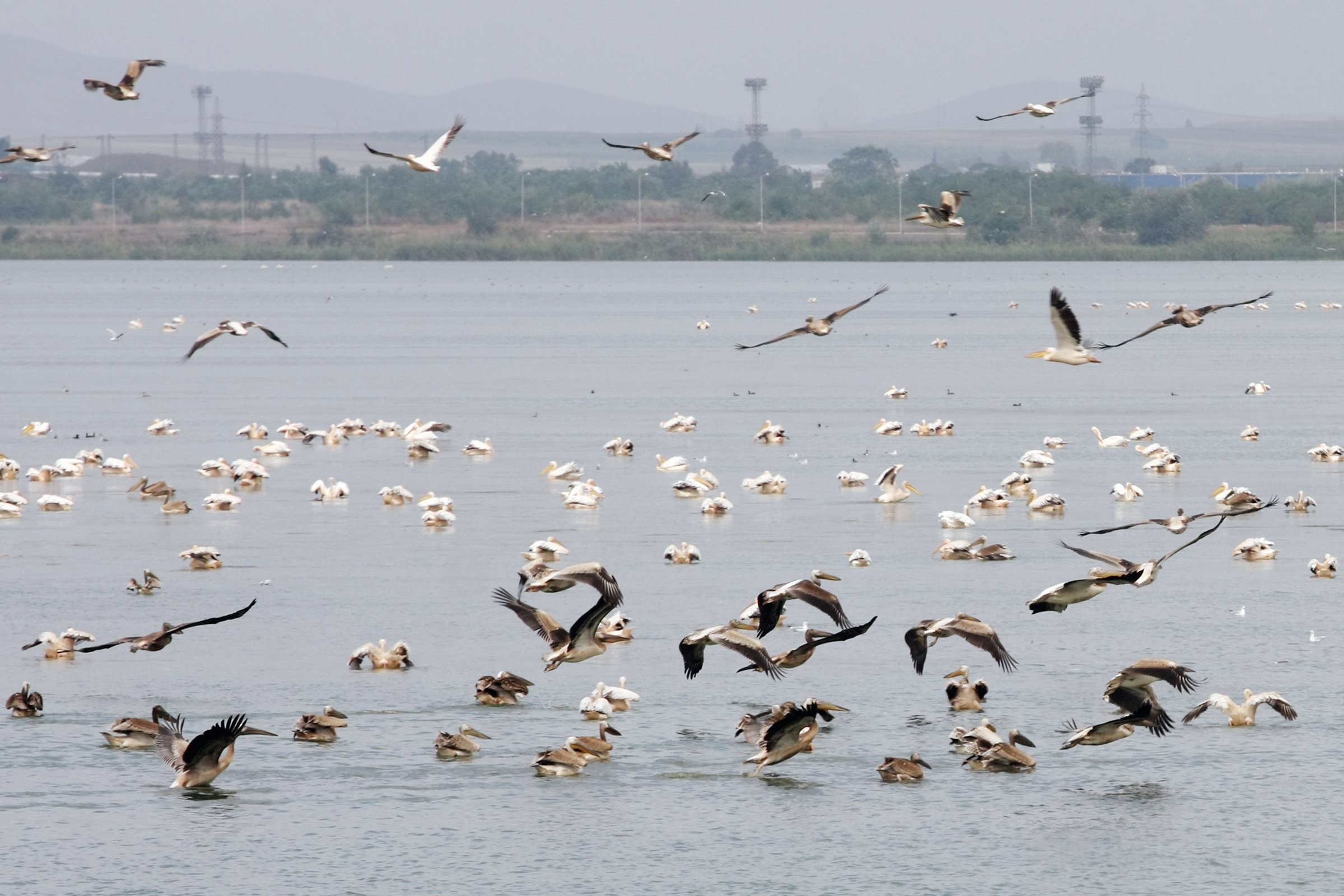
A lot of the areas along the Via Pontica are protected as natural reserves or as historical and cultural heritage.
The bird species diversity is what attracts me as a hobby wildlife photographer as well as many professionals, also birdwatchers. I've seen people from other countries, leaning on their cars near the road, binoculars fixed towards the water basins.
Pelicans, swans, white storks, herons, egrets, sea eagles and other birds of pray are among the largest species one could find there. Pink flamingo was reported to have been seen near the salt pans a year or two ago but it is not usual to spot it this far North.
The best time is of course during migration in spring or even better - the beginning of September when storks, swallows and the rest of their feathery friends are packing their suitcases for the trip back across the Mediterranean Sea and to Egypt and beyond.
Any shallows are popular stops for all winged pilgrims who appreciate the local cuisine. Mostly krill, actually.
